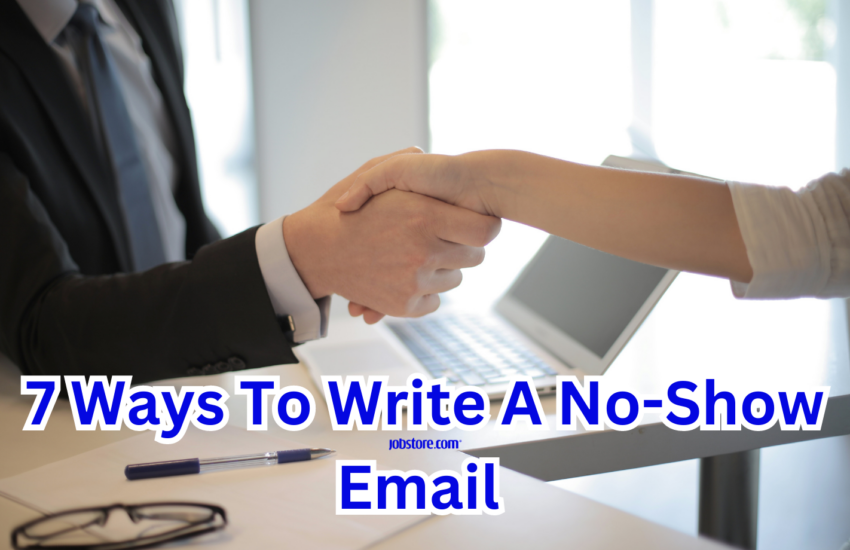What is a no-show email?

A no-show email is an email you send out to a client if they didn’t come to a scheduled meeting. There are a wide variety of reasons why a client would miss a business meeting such as unforeseen circumstances or a simple lapse of memory.
Sending a follow-up email to remind them of the meeting and asking what happened can be a good way to maintain your business relationship and potentially secure a sale.
How to write a no-show email
-
Start with a greeting
Start off your email with a friendly greeting if you wish to maintain a healthy business relationship and to convert the meeting at a later date. This can establish a tone of camaraderie.
Making the client feel good can help improve the chance the\at they’ll respond back as it would alleviate any guilt for missing the meeting. Adding a simple friendly greeting can help ensure they know that you are still interested in securing the sale with them in the future.
2. Explain who you are
Make sure to remind the client of who you are and from which company you are from. You can also briefly describe when you first met or the conversation you might have had with them. This can be particularly helpful if you’ve scheduled a meeting a while back and think they may have forgotten.
3. Give logistical meeting details
You can include gentle reminder of the meeting you’ve scheduled before. You may include details like meeting type, time of meeting and the last time you spoke to confirm. Providing these details can help remind the client and also help them realised when they missed the meeting. For example, include the date to help them realise scheduling errors or include the location to help them think of where the next meeting will take place.
Related link: Sales Executive Job Description Template
4. Explain what happened
When they didn’t show up for the meeting, you can then honestly explain what transpired from your perspective. Saying something like “I wasn’t able to reach you by phone” or “I had the video call open, but I never saw you in the waiting room” will accurately convey the scenario. This kind of comment is beneficial since it enables an honest exchange of ideas and avoids speculating on potential life events.
5. Review details of the meeting content
Reviewing your no-show email discussion points from the meeting can be helpful as well. This can assist in reminding the potential client why they may have first accepted the meeting and what they might gain by going through with it. To help people continue to educate themselves on the opportunities you offer, you may decide to include links to pertinent websites or your own product.
6. Offer follow-up options
You can offer to reschedule the meeting if you’d still like to meet with that client. This might be a helpful way to preserve your relationship and make the sale. Consider offering a few alternate meeting times and inviting them to let you know which works best for their schedule. If you use an online calendar system, you can also send them an invitation to sign up for another meeting slot at their convenience.
Another effective strategy can be to offer a more convenient meeting platform. If you’d planned to meet in person, you can ask if a video or phone conversation might be a better fit for their schedule.
7. Sign-off
As with your email greeting, your email sign-off can help create a friendly tone. You can use the sign-off as an opportunity to express your excitement at the prospect of talking with them or your desire to help support their needs with your product. After a short farewell message, include a complimentary close such as:
- Sincerely
- Best regards
- Many thanks

